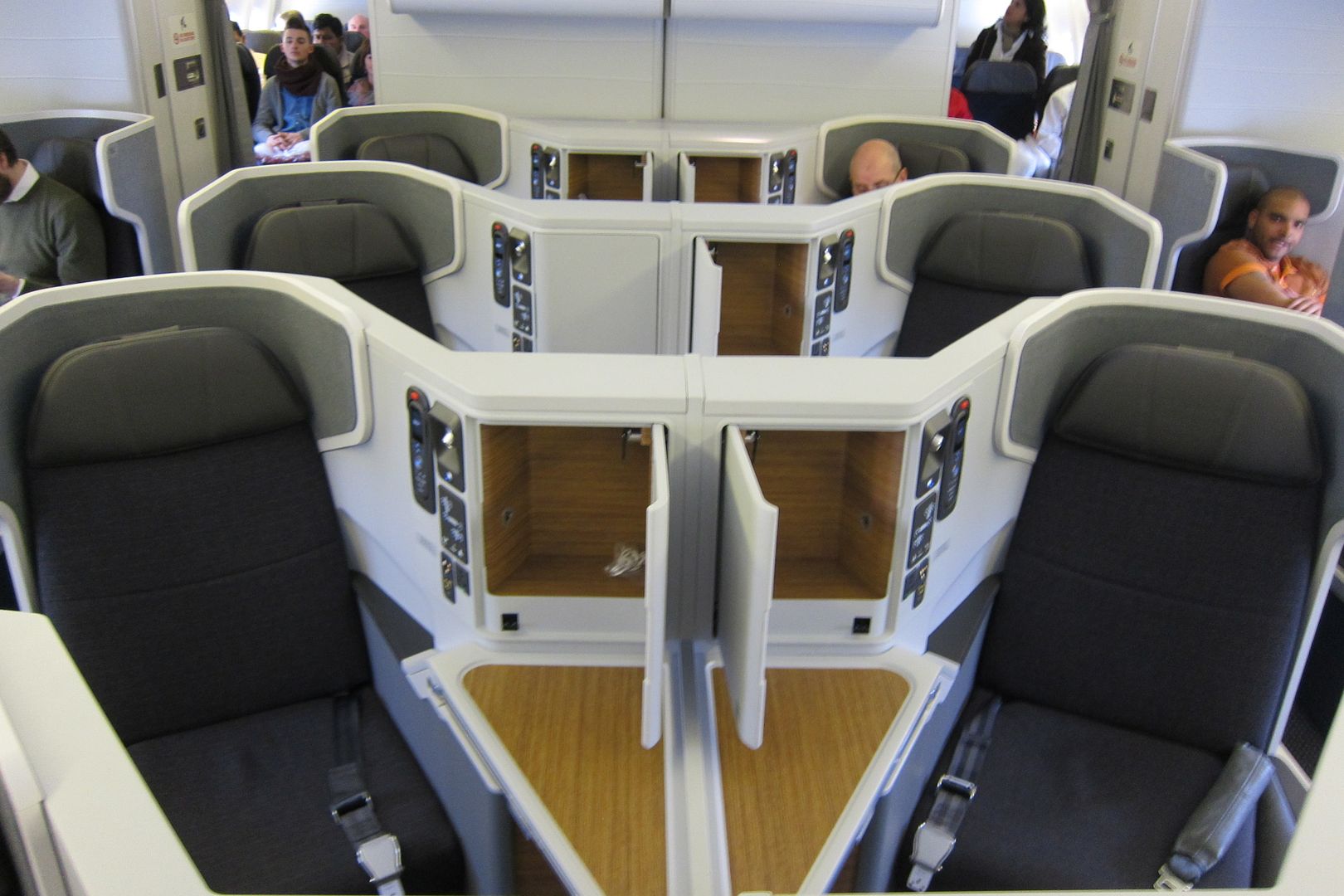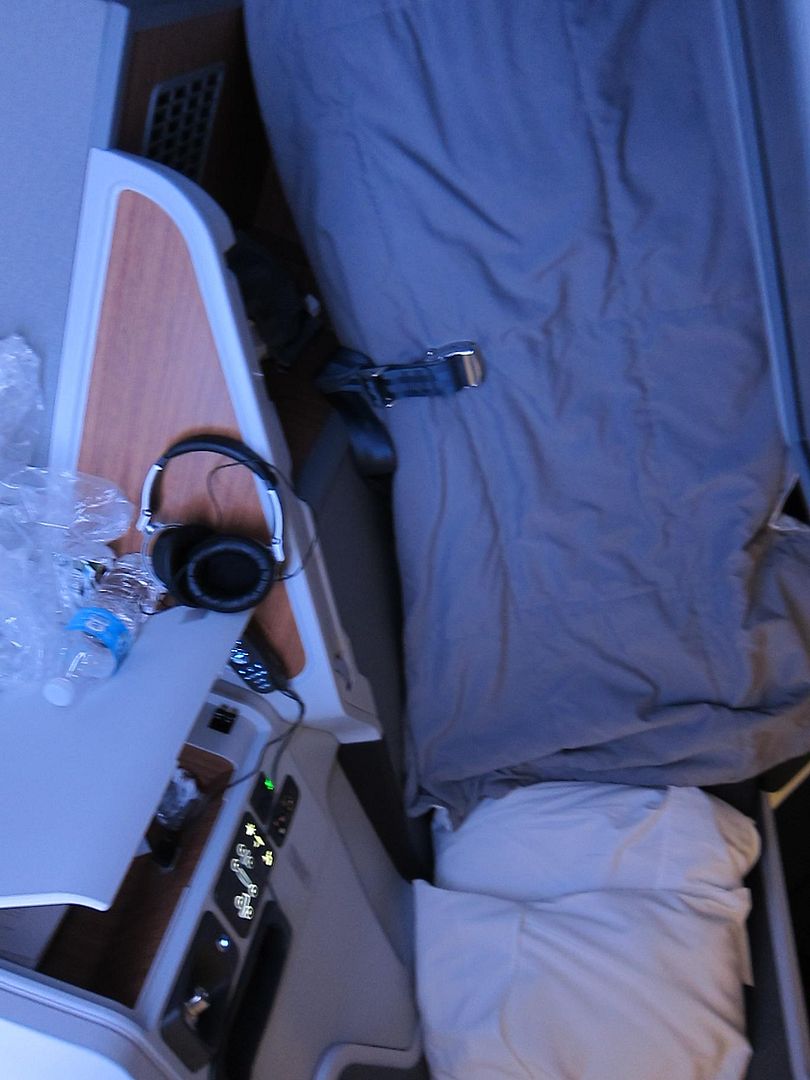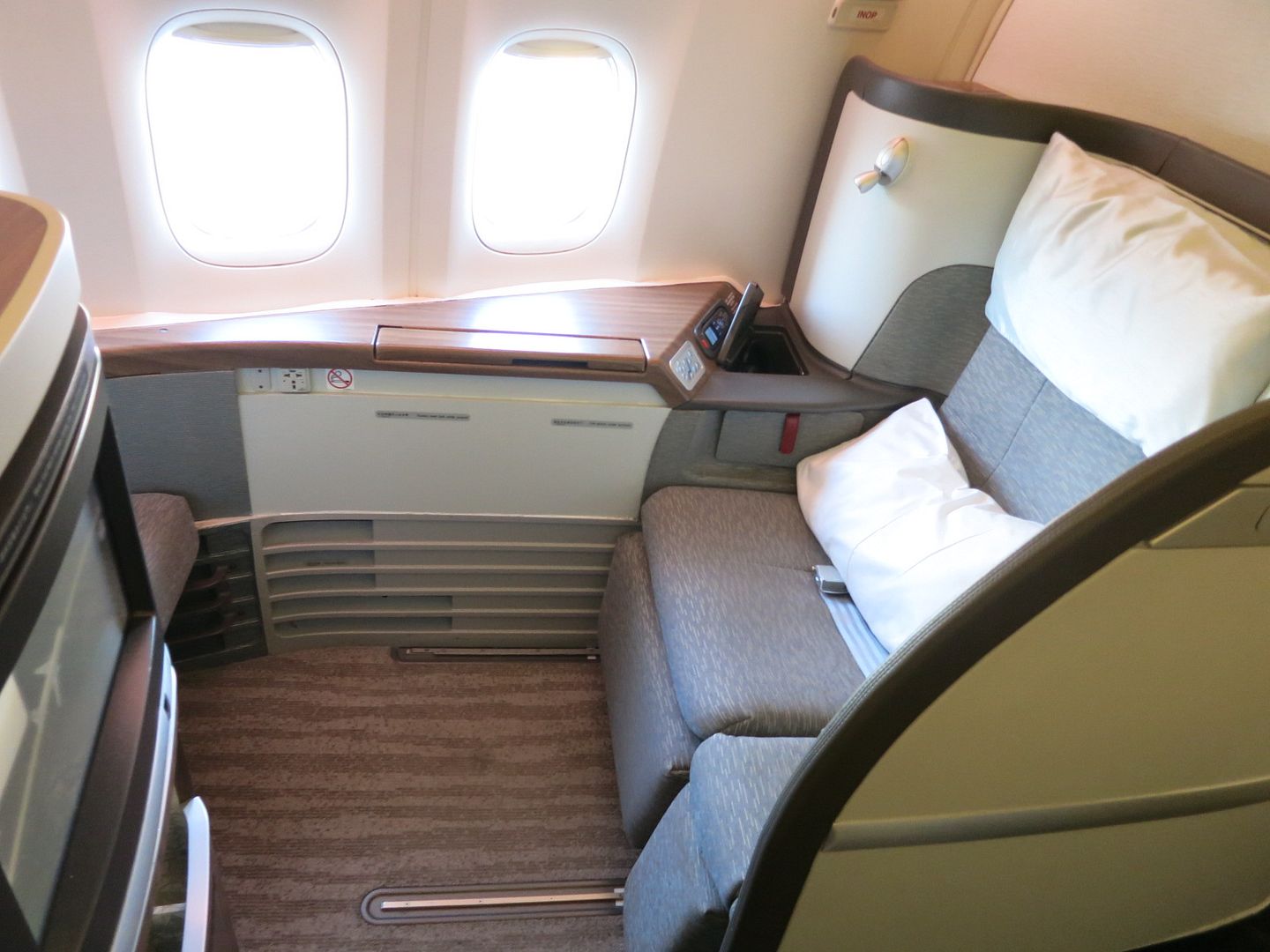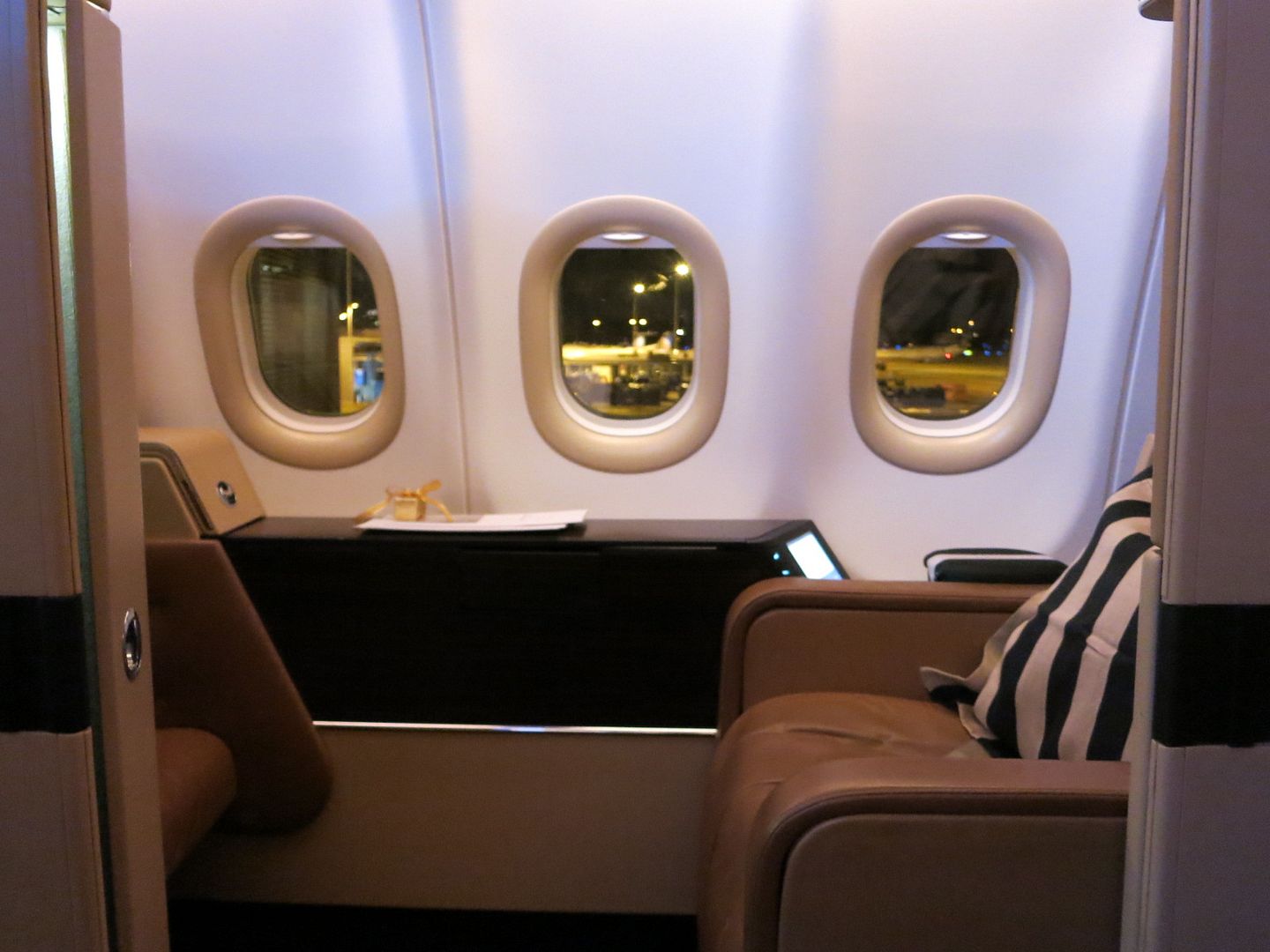Whether the frequent flyer miles game seems to be historically rewarding, or in dire straits, depends on your perspective and time horizon. The game is different than it was 2 years ago, very different than it was 5 years ago, and orders of magnitude different than it was fifteen years ago.
If you got into the game any time since 2008, the current state of affairs must be downright depressing. You got in at one of the most generous times in history.
As a result of the Great Recession, the worst economic times in 70 years, hotels leveraged their loyalty programs to put heads in beds. It’s hard to even fathom the generosity of Hyatt’s Faster Free Nights promotions (2 stays at any hotel yielded a free night at any hotel) stackable with thousands and thousands of United miles alongside — paired with $59 room rates.
On the other hand, a dozen years ago you could Priceline the Hyatt Regency San Francisco for 30 days at a time at a rate in the mid-$30s per night and live there. Hyatt recognized elite status on these rates, and even let you earn status on them too. Priceline rates even counted for Faster Free Nights credit (heck, the Faster Free Night award nights counted too) provided there was something charged to the room.
Airlines were printing miles and so were credit card companies, to lure customers and economic activity. That wasn’t the first time they did that, it wasn’t even the first time they did that during the decade. Programs were uniquely generous as each airline went through bankruptcy in succession. Airlines that were facing bankruptcy used their mileage programs to keep customers from jumping ship.
And at the same time award seats were everywhere — with travel generally, and premium cabin travel in particular, at a standstill there were empty seats on planes and airlines could make those seats available as awards.
With the economy regaining steam there are fewer empty rooms needing bonuses to fill and fewer empty airline seats so members have to scrounge to find availability. Programs do not need to spend as much marketing money to move their product. And airlines and hotels both are compensating for the number of points they printed by raising the points prices of awards.
The combination of full planes and full hotels with the hangover of too many points printed in tougher times make for much darker times now.
- Delta double-devalued its award chart and has gone revenue-based on the earning side and closer to revenue-based on redemption. This means on average fewer miles earned from flying. United followed suit almost exactly.
- American eliminated distance-based oneworld awards and international gateway stopovers, and gutted the double miles award. Although we get a reprieve from further major change for now, and shouldn’t expect major award chart changes in the immediate-term.
- United raised the cost of international premium cabin partner awards to mind numbing levels.
- Hilton gutted its award chart and even eliminated the points and fixed miles earning style (this was the program which used to market as its distinguishing feature that you could double dip points and miles and now you have fewer options to do that).
On the other hand, there are things to be thankful for.
Earning is faster and easier than it used to be.
When I started 15,000 was the top-end credit card signup bonus. I had not seen a 20,000 mile credit card bonus until April 2003. And 20,000 points was still noteworthy two years later.
Credit cards didn’t used to have spending category bonuses. The Delta American Express was really the only one bonusing ‘everyday’ spend. Airline cards didn’t generally offer double miles on ticket purchases with their affiliated airline, even.
There weren’t as many opportunities for big bonuses. While you did get partner bonus offerings, like American offering 20,000 bonus points for making 20 transactions with their partners for the program’s 20th anniversary back at the beginning of the last decade, and there were savings bonds and money orders from AAA once upon a time, the explosion of prepaid card offerings is a newer phenomenon which accelerated as the cost of traditional banking has been driven up by legislation like the Durbin Amendment.
Redemption is more flexible than it used to be.
Alliance awards are a phenomenon only as old as the alliances, when I redeemed a United Mileage Plus award for business class to Australia I could have flown United’s partner Air New Zealand across the Pacific — but I would have had to fly United Washington Dulles – Los Angeles in coach. United offered transportation to the partner airline’s gateway city only “as a courtesy.”
As a result of one-partner award, awards that were roundtrip only, there weren’t opportunities for exploiting stopovers. Even as many airlines eliminate stopovers, they’re just turning back the clock — but one-way awards even without stopovers are more flexible than what we used to have. It’s at least now possible to scrounge availability using United miles one way and Delta miles the other, you aren’t locked into having to find availability through one program for both directions of an award
The Quality of Products Has Gotten Better
International business class has, for the most part, true lie flat as a standard.


Less than 10 years ago United was flying recliner-style seats across the Atlantic and Pacific as their only business product. And 20 years ago lie flat was not even the standard for international first class.
I’m not generally sympathetic with the argument that mileage prices for better products should be higher, but it’s undeniable that the comfort we can get with our miles has improved substantially.


The price of awards has gone up
It’s not all sunshine and unicorns. Before October 2006 a United business class award to Australia was 90,000 miles and United offered last seat availability in business to all members for 150,000 miles.
After the February massacre, a United saver award is 140,000 miles (only up 5000 miles) and a partner saver award is 160,000 (more than United used to charge for last seat). United’s last seat availability in business class is now 350,000 miles!
For ten years I’ve been writing that more miles outstanding means higher award prices to come. That’s a prediction that has sadly but not unsurprisingly held.
I’ve also talked about reversion to the mean, that the best values at the outer edges of programs are the things we can expect are most likely not to last.
A United 150,000 last seat availability business class Australia award wasn’t going to last when Delta and Northwest were charging 150,000 miles for saver at the time.
American offering last seat availability for double the miles of MilesAAver wasn’t going to last with their primary competitors charging triple the saver level.
Programs have gotten smarter
As bad as tech is in the airline space (and it never ceases to amaze me how bad that is), it has certainly gotten better.
When I started flying United and earning status in the late 1990s you weren’t supposed to earn class of service bonuses when you upgraded… but you did. A confirmed upgrade was 10,000 miles, but you earned some of that back with extra miles for flying in a premium cabin. That’s long been fixed.
Airlines have learned to support more inventory buckets, until 2002 Alaska Airlines didn’t even have separate upgrade inventory. Confirmed at booking upgrades were 5000 miles and those came out of revenue first class space.
There are fewer opportunities along the edges, like submitting award tickets to british midland’s Diamond Club for mileage credit. A first class North America-South Asia roundtrip booked with United miles could earn enough points in the bmi program for gold status and for a business class roundtrip cash and points US-Europe ticket.
While programs overly fetishize high revenue flyers nowadays, they have learned to stop rewarding some of their least profitable customers. Delta even won at the Supreme Court defending its right to do whatever it wished to its customers.
Then again, the end seemed near 11 years ago when United started offering confirmed international upgrades to top tier elites only on nearly full fare tickets and considered awarding those upgrades based on ticket spend instead of miles flown. At the same time Delta had been awarding status miles only on full fare tickets. They backed off of those changes because the economy didn’t support it at the time, but current revenue-based strategies have been a long time in coming. Some argue that they date in the US to the original America West FlightFund program. The big international shift may have been more than a decade ago with Air New Zealand Airports, spending Airpoints ‘dollars’ on tickets.
Credit card companies for the most part no longer just reward you for getting their card, they first want you to get into the habit of using it before awarding an outsized number of miles. When I got started that wasn’t a thing, and then it began with $250 and $750 minimum spend requirements. The idea of $10,000 or even $25,000 spend to achieve a full bonus was unheard of.
The State of the Programs: Still Rewarding, Rewarding Different Things, Until the Pendulum Shifts Again
As soon as the economy turns south and airlines need to fill seats, there will be bonuses. As soon as there are fewer people flying and fewer elite members we’ll see double elite qualifying dollar promotions. Already United has made exceptions to their minimum spend for status requirement.
The programs won’t be as naïve as they once were. Although complicated programs provide opportunities for gaming and generating outsized value.
Citi’s Thank You Points would buy you a full fare ticket, if ‘that’s all that was available’ for your desired route that met ticketing restrictions. And you could cancel that ticket and use a $10,000 credit towards cheaper airfare. Then they devalued, but could still be gamed for triple value by booking and cancelling premium cabin US-Canada tickets. There’s been a lot of learning since then.
So I don’t predict a return to when upgraded United tickets earned class of service bonuses.
Right now award seats are harder to get than in the recent past. And those seats require more miles.
But it’s possible to earn more miles, too — for most through means other than flying. So earn big credit card signup bonuses, and spending category bonuses. Earn big bonuses for investment accounts.
And there’s still unsold inventory. The programs themselves remain profitable. The basic value proposition of selling the dream of travel, and offering access to destinations and services members couldn’t afford without earning a program’s currency, remains.
The overall cycle of the economy matters a lot. When airlines have empty seats awards are easier to get. When they need to fill seats they bonus purchases. Unquestionably we’re at a point in the cycle where consumers aren’t doing as well as they were just a few years ago, or during bad economic times 13 years ago.
Programs have gotten smarter, and loopholes close. But on the whole they haven’t gotten simpler, so outsized opportunities remain.
Ultimately the programs are like the casino house — they set the rules, so over time and across the majority of their customers they’re the ones who should win.
The game though is still fun to play, and a small percentage of players can still win. That small percentage, of course, is us.
- You can join the 40,000+ people who see these deals and analysis every day — sign up to receive posts by email (just one e-mail per day) or subscribe to the RSS feed. It’s free. You can also follow me on Twitter for the latest deals. Don’t miss out!


Good summary, Gary. The Motto is ‘Earn & Burn” I just wish I had more leave to fly more, and now days, a more supportive spouse to let me fly more. Still I feel I’m winning. Having good credit helps. Having you and others sharing knowledge helps. Enjoying fiddling around with availability helps. I spent some holiday time figuring out how to enjoy Etihad’s new Dreamliner 789 & its A380 up front. Twice I found availability IAD-AUH-LHR-AUH-IAD for this fall but realized I had conflicts those dates. 3rd time’s the charm and I still get to use a federal holiday (Colon Day). The game goes on!!
I think the increased miles offer for credit cards and the like pretty much match the increased award prices. I still have way more than enough miles to get to where I want to go, and now with much more comfort.
I paid to fly BA’s premium economy last fall transatlantic. The old 777 was underwhelming, but the 787 was better than the UA 767-200 business class I first flew in 1994.
Great recap Gary. As a person joining the game in 2008 when things were great, it is good to get a long term perspective from someone who has been around the block.
It’s all the communist Democrats and racist Obama’s war on fliers. It was not Bush Jr. Hilton dropping the double dip with fixed miles was rotten. All because of ObamaCare. The financial collapse was caused by Google and the catastrophic theft of all US content including media content.
Now that the Republicans are in charge, and the racist in the White House has barely any power, the good times will return in due time…give it 3 years. Oil has collapsed, no more government money printing, even all this worthless digital crap, crap, crap will be gone.
Kids will have newspaper routes again, not a memory of a newspaper at your hotel door now.
P.S.: Fox News is not an angel, they also participated in the 2008 collapse and slow recovery.
Actually, if I want to participate in a blog and comments about politics, I gravitate toward a blog/comments about politics.
I don’t come here for that.
I come here for a blog and comments about travel and miles.
ED, are you lost?
You certainly don’t seem to need another drink.
Don’t feed the trolls
Actually, there is a small silver lining to American’s “AAnytime” award devaluation. During off peak periods, some coach prices are significantly lower than before (examples: 20,000 miles domestic; 45,000 US-Europe). This can provide good value at selected times.
United still had quite a bit of angled flat international business class as recently as 2011. Glad those days are over!!
In addition to City TYP, there were other proprietary programs (WebMiles, Centura Bank TravelSmart) that would purchase very expensive tickets for members 12-15 years ago. I consistently got 7-8 cents/point of revenue airfare value out of these programs from 1995 through 2002. I still have a few thousand dollars in unused tickets I’ve “rolled over” annually since then.
@UAPhil, I actually booked (eventually refunded) an AAnytime one-way award for 20k miles when the price of the one-way ticket was ~ $700… it is so weird that the AAnytime pricing is date-based rather than inventory based for specific flights.
So let’s get this straight. When it was the Roaring 20’s of Cheap Money Mortgage issuers , you got to travel the world al fresco. Now since it’s on the back of the Mid tier Gen… It’s dark days. Yeah we haven’t heard that tune before.
http://ow.ly/GVKyO
Great article and well stated. I feel that if you are flexible about where you go and when, then helps greatly. So if you book the dream destination when it is available , you rotate from a list of places. Time of year is also important for certain awards. The more flexibility the better. SPG on the hotel area I find a great value and excellent program. Hyatt has some good redemptions as well.